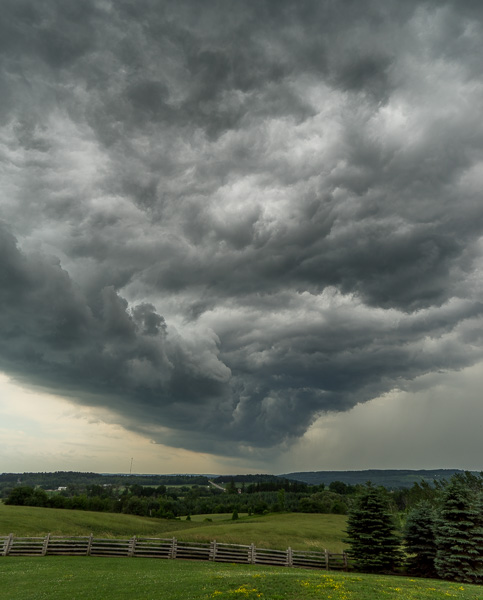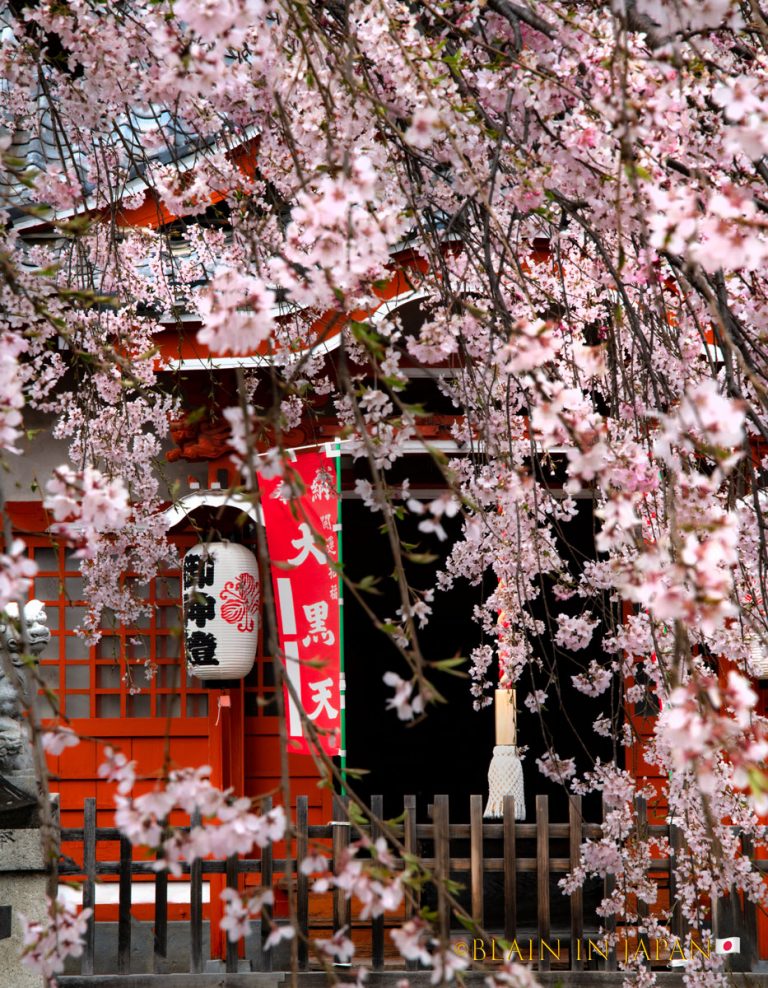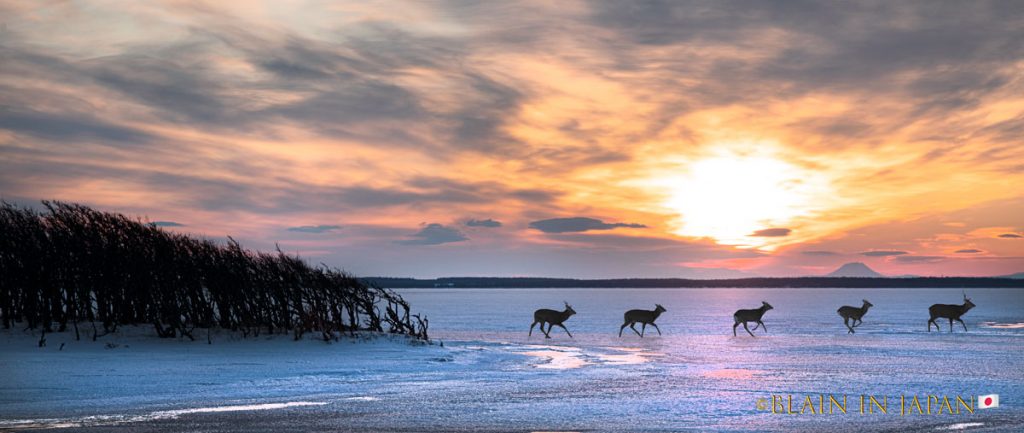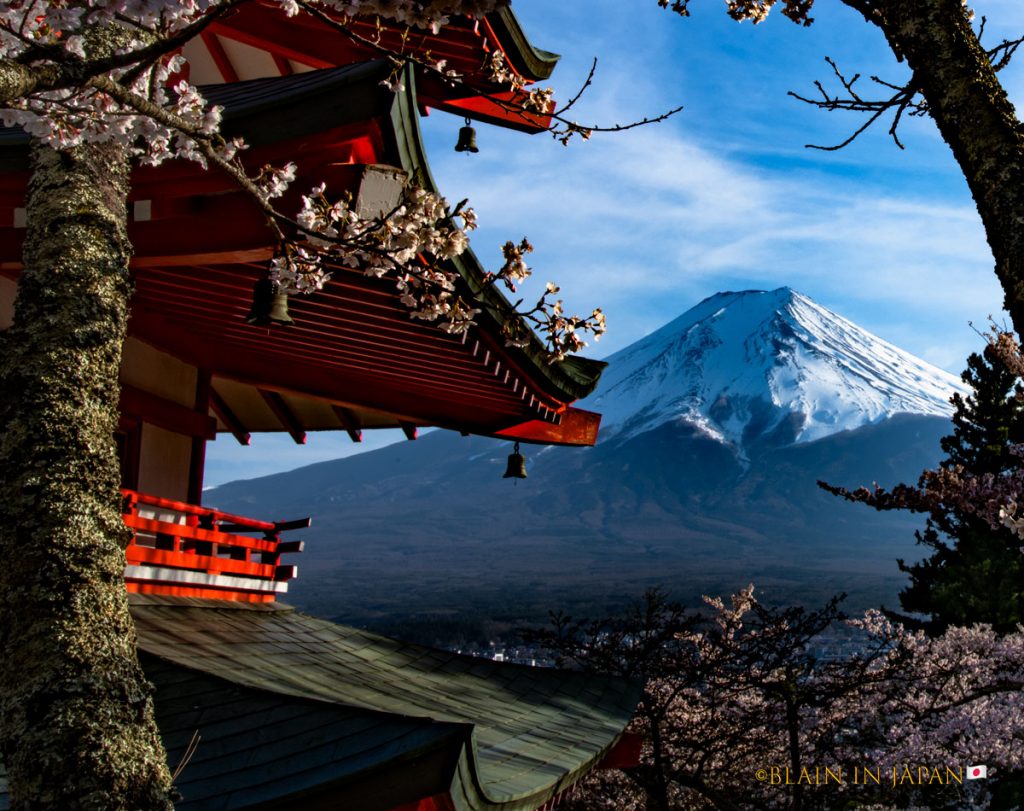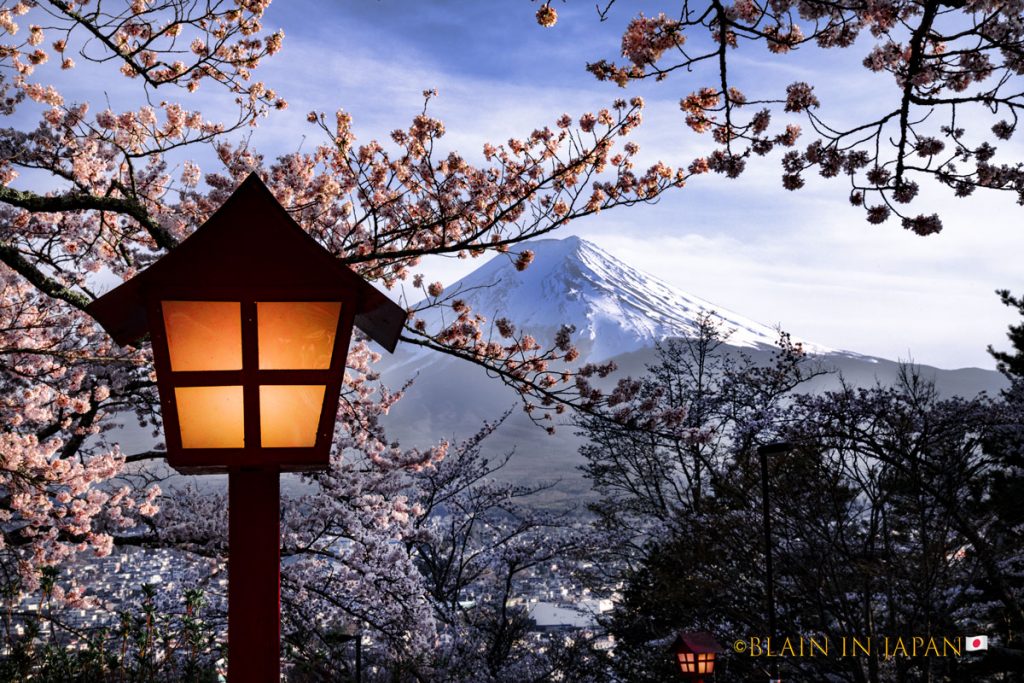Introduction
Hahnemühle recently introduced four new papers:
• Bamboo Gloss Baryta (BGB)
• Silk Baryta X (SBX)
• Sustainable Photo Satin (SPS)
•Photo Rag Matte Baryta (PRMB)
Hahnemuehle was good enough to send me sufficient samples of each, allowing me to put them through my usual objective and subjective evaluation procedures for reviewing new papers. To remind, you can’t get the feel or perceive the character of a paper over the Internet, but you can learn of its imaging characteristics amenable to scientific measurement, and whether/how those results relate to the appearance of real photographs, which I can describe for you – and to a limited extent reproduce on the Internet. So that is how these reviews are done. Previous articles on this website describe my methods. I shall treat each paper independently because they are all different.
Why Four New Papers
First things first, in this day and age, when we have such a plethora of choice in inkjet papers, I wondered why Hahnemuehle chose to develop and produce yet more paper types. After all, this must come at quite some considerable cost, which they would hope to recoup through sales in an already crowded paper market. I asked them about this, and their response was that the motivation differed in each case.
For BGB, they were looking to expand their “Natural” line of sustainable offerings (a bamboo substrate) with an innovative surface texture, unlike other baryta-based luster papers. For SPS, they wanted to replace their once-popular Photo Satin, which had to be discontinued because of a manufacturing issue; SPS is a recyclable paper with the look and feel of resin-coated photo papers. For Matt Baryta, they were trying to achieve gamut-expanding characteristics of a baryta base but in a matte paper, and for SBX, the idea was to provide a finish that again is innovative in that it is much less textured than usual luster papers, more like an eggshell finish, but still, a paper using Photo-Black ink. SBX is replacing their Photo Silk Baryta.
Now, whether one likes the look and feel of these innovations is subjective, so the best I can do is explain their characteristics and invite you to try them and see how you relate to them.
Paper Characteristics
Bamboo Gloss Baryta


Hahnemuehle recommends using Epson Premium Luster Photo Paper (260) as the Media Type in the driver settings.
The surface texture of this paper is unlike any other gloss-baryta paper I’ve worked with. Portraying paper texture over the Internet is difficult but I tried anyhow to photograph the texture by holding the paper at a steep incline under a lamp so that the light would graze the texture, catching its pattern – if not exaggerating it somewhat (Figure 3).

(The tone and color are not accurate)
The interesting thing about this texture is that one needs an unusual lighting angle to see it as clearly, as shown in Figure 3, but when the paper is angled accordingly, it reflects too much glare to see the photo properly. When it’s held at a normal photographic viewing angle, one does not see the texture, but the image is gorgeous. Given its weight and thickness, this is a robust paper that still feeds through the top-back paper feed of an Epson SC-P5000 printer. The substrate is 90% bamboo fibers, according to Hahnemuehle.
Performance Characteristics
My first approach to paper performance is to look at its characteristics through manufacturer (OEM) and custom (my own) profiles, in each case using the paper-specific profile for one printer. The second step is to test how the printing system performs with this paper and its profiles by measuring printed output for gamut and printed color accuracy relative to a test chart. The third step is to make prints using known printer test images (real photographs) and evaluate them qualitatively. The results for steps one and two appear in Figure 4.
The quality of printer profiles affects the accuracy of the printing system’s performance, as does the consistency between how the profiles were generated and how they are used, the key factor being that the printer model and media type used to make the profile should be the same as that when using the profile so made – because a profile only defines one state (for each Rendering Intent) of how a printer lays down ink.
Printer models are often offered as model families differentiated by carriage width but otherwise use the same printhead and inkset, making them, in most peoples’ minds, essentially the same printer except for size. But that said, there can be subtle performance differences between them, so it may not necessarily be the case that a print from an Epson SC-P5000 printer in my house will exactly resemble the print from an SC-P9000 printer in Germany using the same photo file, profile, and paper; in other words, for picky users, the profiles may not be fully interchangeable between models in the same family.
Hahnemuehle made their profiles for this family of printers (P5000/7000/9000) using an Epson SC-P9000 printer while I am testing those OEM profiles on my SC-P5000 printer. I suspect this difference of printers may explain much of the difference of accuracy between the OEM and custom profiles. But we should not get carried away with the numbers below – they need to be seen in the context of real-word results to know how significant numerical differences between them may be. As you will see, observable differences in real-word prints can be quite subtle regardless of impressions from data.

The gamut volumes (Figure 4, cells 3C and 3D) for the OEM and my custom (Mark-M1) profiles are both over 900,000, which is typical of gloss/luster baryta-type papers. Both exceed the need for most photos, and the 5% greater volume for the OEM profile is not significant. The OEM profile shows a slightly higher white point, but also a slightly higher black point relative to the custom profile. Again, these are not major differences. More importantly, read from the paper print of the 48-patch test, the White point is slightly brighter and the Black point slightly darker from the custom profile, meaning that the paper produces a slightly greater luminance range with the custom profile. The neutrality of the Black and White points (Columns E and F, rows 7 to 9) is very slightly better in the custom profile, but this would hardly be noticeable in a print. The numbers are too close.
The test result (rows 20 downward) using my 48-patch colour/B&W test target is much more accurate for the custom profile – with a dE (2000) value averaging 1.08 for the custom profile versus 3.68 for the OEM profile. The worst-performing patch has a dE of 7.3 OEM versus 1.73 custom. That’s fairly widespread. Likewise, for the three grayscale patch sets, the custom profile is more accurate than the OEM profile, but here, the differences, whether for Luminance or hue bias, are not very remarkable.
Looking at Figures 5 and 6 for the OEM and custom profile versions of the Onsight target test image, my first observation is that notwithstanding how textured this paper is, the rendition of fine detail is very good.
At first glance, these renditions are hard to distinguish between each other. However, on closer examination you may notice that with the OEM rendition dark tones are just a bit darker causing some shadow detail to be a bit obscured (see the lower right photo) compared with the custom profiled rendition. The same can be said for portions of the upper left B&W photo.
Looking at Figures 7 and 8 which focus on dark tone rendition using the Roman 16 dark tone B&W photo, the tell-take difference between the two renditions is that with the OEM version the gentleman’s hair blends more into the background and there is less tonal variation in the jacket compared with the custom profiled version.
Depending upon how fussy you are, you could either use the Hahnemuehle profile or make a custom profile, but for the latter choice I would recommend using a reputable service or your own equipment if of professional calibre, otherwise you will not likely do better than the OEM profile.






The paper has a cotton substrate and a very smooth, bright matte surface with a velvet-like feel to it. The paper has great visual and tactile appeal – at least to me.
Performance Characteristics
It’s unusual to find a matte paper with a baryta content, hence the performance aspects of greatest interest are the gamut and the depth of Black tone rendition. Specifically, do the very smooth surface and the addition of baryta bring the paper any closer to the gamut and Black points one finds with the PK luster papers, or, for those who like a matte surface but also like wide gamut and very deep Blacks, can we eat our cake and have it? Spoiler alert: the answer is no. So let’s see how in some detail.

Starting with gamut read from the profiles using ColorThink Pro, at 569228 and 584928 for the OEM and custom profiles, respectively, these gamut volumes are toward the upper bounds of what one would expect from a matte paper. Matte finishes are simply less reflective than luster or gloss finishes, which sets a constraint on the gamut and black rendition of these papers – by the numbers; however visually it is a bit of a different story as we will see later on.


You can see from the 3D gamut plots in Figures 12 and 13 the very large differences between these profile gamuts and shapes. The PRMB gamut boundaries for the light tones exceed those of BGB (which corresponds with the slightly higher White point values for PRMB versus BGB shown in Figures 4 and 11), while for the mid and dark tones the BGB volumes are a huge amount larger. By substantially reducing the opacity of the PRMB gamut plot (Figure 14), one can see that the extent to which it’s gamut exceeds that of BGB for the light tones is not very much, again conforming with the data in Figures 4 and 11 – meaning of course that ColorThink Pro is behaving consistently.

The White and black points are very close between the OEM and custom PRMB profiles. The Black point is in the range of 19 for both, whereas there are other matte papers which can reach as low as a range of 15 to 16; so this one is, by comparison, a bit on the high side. Hue bias is very low for both profiles. The value of b*, at roughly 2, for the Black point would still look neutral to normal viewers as it’s too dark to see a difference between, say, L*0 and L*2. The White points for both profiles are in the mid-90s (L*), and their hue neutrality is also very good.
Turning to the test results, as expected, profile accuracy is much greater for the custom profile than for the OEM profile, with average dE on the 48-patch test being only 0.94 for the custom profile and 3.48 for the OEM profile. The least accurate colors have dE of 7.38 and 1.55 for the OEM and custom profiles, respectively, while the most accurate colors have dE of 1.44 and 0.41, respectively. For the three grayscale tests you can see from Figure 11 the greater accuracy of the custom profiling for both Luminance and Hue bias.
Let us examine the printer test images for this paper and its profiles, but we will not get too carried away by the numbers.





The differences in tone and color between the OEM and Custom profiles are subtle. As in the same comparison for BGB, it is in the lower right and upper left images of the Onsight test page that one sees a bit of dark tone suppression in the OEM profile version. Overall, the colors are a bit darker with the OEM profile. If you use the OEM profile and you want to lighten things up a bit, this is easily achievable in Lightroom or Photoshop.
Overall, I was impressed with the image quality that this paper reflects. Notwithstanding the weaker Blacks compared with BGB paper, the reproduction of tone and color are about as good as it gets on matte paper.
I did also print the Roman 16 B&W Highlights test image and saw no issues with either profile.
Silk Baryta X
Please don’t ask me what the “X” is for. It’s definitely not about Elon Musk and ex-Twitter, but more likely emerging from the deep dark art of paper naming. Anyhow, here’s the box:

And here is the spec sheet:

SBX is a predominantly smooth, warmish-white, medium gloss paper on an alpha-cellulose substrate. Hahnemühle recommends it for photos and posters. They say is has very low OBA content. This paper will appeal to those who like a gloss-type paper without much texture or glare.
Referring to the summary data in Figure 22, this paper displays gamut volumes exceeding 900,000 based on a ColorThink Pro profile analysis. The White and Black points are well within the range of neutral for both profiles. The White point has L* close to 96 in both profiles, which is bright; the Black points at 3.2 and 4.3 for the Custom and OEM profiles respectively, are not quite the lowest I’ve experienced for a PK paper, but for practical purposes very satisfactory. Much like the other papers reviewed here, the accuracy of the detailed gray-scale test results is better for the custom profile in respect of both Luminance and Hue neutrality.
However, once again, before being carried away by the numbers, let us view the results with real photos, as scanned in an Epson V850 from the prints using both profiles.

Close observation of the Onsight target prints reproduced in Figures 23 and 24 suggests the same general conclusions observed above for the previous two papers: the Custom profile produces an overall slightly lighter touch than the OEM profile, with somewhat better separation of dark tone detail, as seen from the bottom right and top left photos.
The dark tones in the Roman-16 Dark B&W print are very rich, again with slightly better separation of the quarter tones in the Custom profile print. The appearance of hue neutrality looks good in both prints, and in a way particularly pleasing for those who like a slightly warm interpretation of the dark tones.
Reproduction of fine detail is very good on this paper.




Sustainable Photo Satin


According to Hahnemuehle, the new “sustainable” aspect of this paper contains no polyethylene in the coating but rather consists of “a newly developed bio inkjet coating .. free of plastic composites/film, FSC. Certified and 100% recyclable via the wastepaper cycle. They go on to say: “The bright white photo paper has a velvety smooth surface and is perfect for sustainable photo and poster printing.” The sample I received has a bit of a troublesome curl to it; I raised this with Hahnemuehle – they are aware of it and say it’s been corrected in the current stock on the market.
I would describe the surface as being of the lightest-touch luster I have come across, and like SBX has a very moderate glare compared with numerous other gloss/luster papers. When compared with SBX, I do notice that it has a cooler temperature, but we’ll have a look at that in the data as well.

The gamut volumes of this paper, whether from the OEM or Custom profiles, is very wide, but somewhat less wide than observed for BGB or SBX. It is still more than enough for most photographs people would print. Perhaps explaining this difference is that the White points as read on paper are somewhat lower than observed for the other papers – within the range of L*91 for both profiles. The White points read from the profiles in CTP have a moderate blue bias, but in the printed output this effect is very much reduced, which means that the profiles, in helping to guide ink laydown, are helping to neutralize the effect of the paper hue in the printed area. The Maximum Black values are very good.
The profile accuracy story is pretty much the same here as it is for the previous three papers: the average dE over the 48 patches is 3.03 for the OEM profile and 0.52 for the Custom profile, which by the way is quite a stellar result and speaks well for the X-Rite i1 Pro 3/i1 Profiler colour management materials. The worst colour for the OEM profile has a dE value of 6.22, while for the custom profile it is 1.37 – hardly noticeable in practice. For the three grayscale test targets, overall luminance and hue neutrality is again better with the custom profile, but still tolerable for the OEM profile. Reproduction of fine detail is also very good on this paper.
Comparing the test photos made with both the OEM and Custom profiles, the same observations apply here as for the other papers. The custom profile has a slightly lighter touch and reveals a bit more deep-shadow detail. However, the differences between them are subtle.




Appendix Note on the visual effect of dE values (Figure 34)
When I speak of dE values here, it is dE(2000), and means the perceptible difference between the printed value of a colour and the target reference value of the same colour.
Taking BGB, for example, the color with the highest dE for the OEM profile is #3 at dE 7.3, while the same color for the Custom Profile is dE 1.7. This spread of 5.6 points of dE value is reflected in some visible difference between the colors, without needing to look at them very intently.
The color with the highest dE from the Custom profile is #29 at dE 1.73. That same color from the OEM profile has a dE of 3.85, a spread of 2.1. So both of these dE values imply a perceptible difference of rendition from these two profiles relative to the reference value, but less so for the Custom profile than for the OEM profile. Regardless that the difference between these is only 2.1, when you look side-by-side at #29 from each profile, the difference is also visible, the rendition from the OEM profile being relatively more bluish and that from the custom profile relatively more purplish.
While this may be a nifty little presentation that dE values do mean something tangible in terms of visual perception, we must bear in mind that these are patches having the advantage of uncluttered visibility. When thousands upon thousands of tones and colors are interwoven in a single real photograph, such perception of visible differences could be substantially lessened, and that may be why prints from these different profiles may not look as different as the numbers could suggest to our minds. Nonetheless, depending on how sensitive your visual perception is and how fussy you are about the correctness of your printed results, amongst other things, up-to-date, reasonably accurate profiles provide some assurance of satisfaction with printed output.





